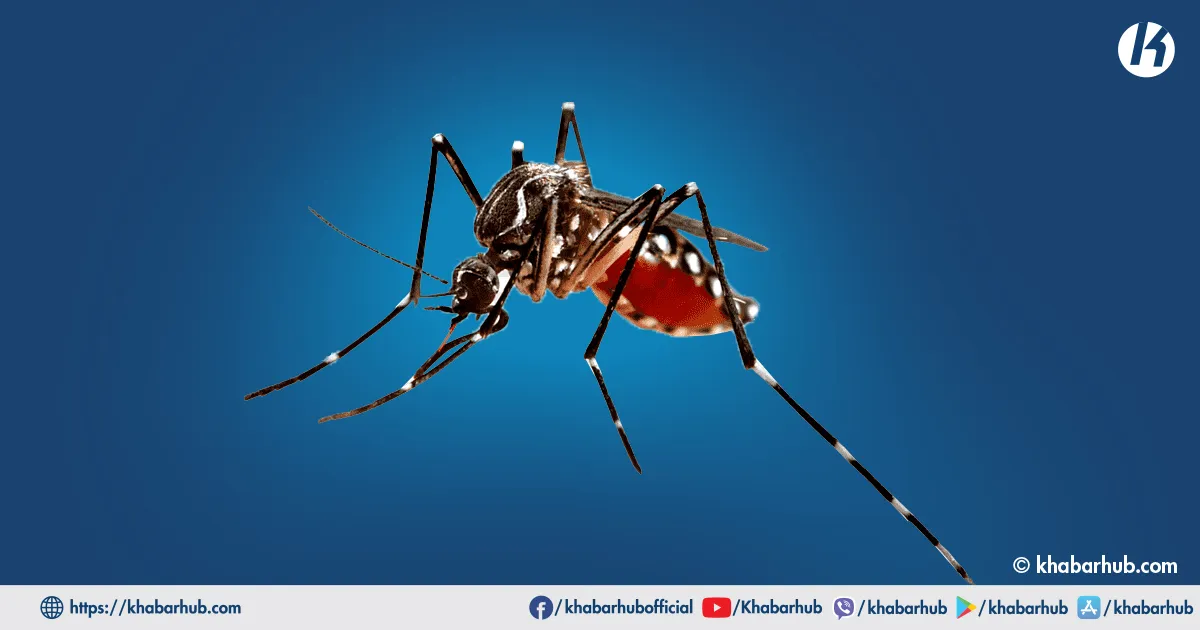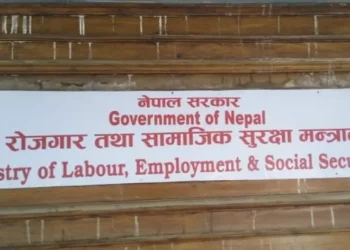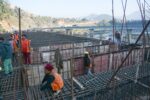KATHMANDU: The incidence of Dengue infection has been steadily rising in recent times, attributed to continuous rainfall.
Rudra Prasad Marasini, Director at the Epidemiology and Disease Control Division, revealed that the infection rate has significantly increased over the past week, mainly due to inadequate attention to sanitation during the continuous rainfall period.
Consequently, the number of daily infection cases has surged.
Director Marasini further informed that the infection is on the rise due to an increase in the quantity of mosquito larvae, directly linked to the higher number of rainfall incidents.
In the span of a week, over 1,000 Dengue patients have been identified, and as of July 17, a total of 2,930 people have been infected with Dengue, a substantial rise compared to the 1,337 cases reported until July 13.
Koshi Province currently leads the infection tally with 1,746 cases, followed by 468 in Bagmati Province, 279 in Sudurpaschim Province, 269 in Gandaki Province, 134 in Lumbini Province, 18 in Karnali Province, and 16 in Madesh Province.
According to the Division, the infection is concentrated in 10 districts, accounting for 82 percent of all reported cases.
Sunsari district has the highest number of Dengue cases with 1,571 infections, followed by Dhading with 256 cases, Darchula with 188 cases, Kaski with 149 cases, Sankhusabha with 58 cases, Kathmandu with 46 cases, Kanchanpur with 39 cases, Bhaktapur with 36 cases, Myagdi with 35 cases, and Jhapa with 32 cases.
Dengue was first detected in Nepal in 2004, and authorities are closely monitoring the situation to control the spread of the infection amid the ongoing rainfall.
Public awareness and sanitation measures are being emphasized to mitigate the rising cases.









Comment